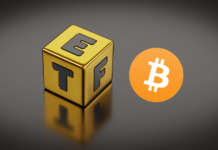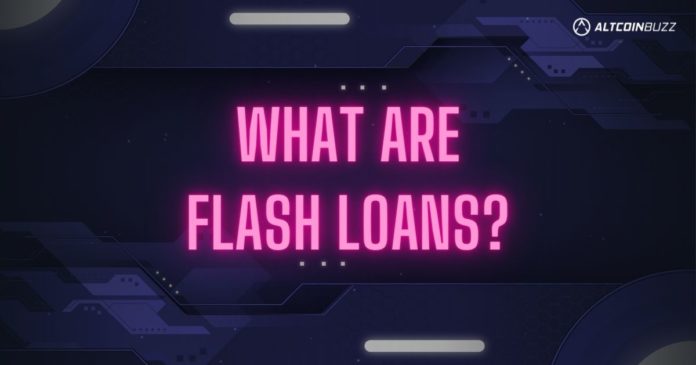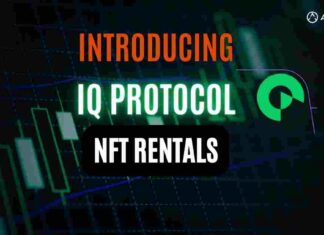Flash loans have become increasingly popular within the DeFi space. The DeFi world also brought changes to how people obtain loans. Unlike traditional finance, which requires multiple and sometimes needless documentation, DeFi makes the process easy and direct.
Flash loans have made loans super easy. Rather than submitting an ID or proof of income as you would in a bank, flash loans, as the name suggests, mean that the user would get quick access to funds without much hassle.
These sorts of loans are unquestionably unique, and many claim that they’re really valuable. However, there is a drawback: they allow cyber thieves to take advantage of protocols that aren’t well-protected. Let’s look closer at the concept of flash loans.
What Are Flash Loans?
DeFi protocols have aided the popularity and usage of flash loans, most of which exist on the Ethereum network. Aave, an Ethereum-based lending platform, popularized the concept of flash loans. They, however, admitted that the idea is still in its cradle stage.
⚡️ What are Flash Loans? ⚡️
How anyone can borrow millions of $ instantly without KYC or collateral.
(Yes, of course there's a catch)https://t.co/jS9A8VI0dW— shivsak (@shivsakhuja) May 30, 2022
Simply explained, in a flash loan, people take loans and reimburse them in a single transaction within seconds. These loans use smart contracts. The smart contract specifies the terms and executes real-time trades on the borrower’s behalf with the borrowed funds. If the flash loan is profitable, a fee of 0.09 percent is usually charged.
The requirements set out in the loan’s smart contract are not met if the borrower does not refund the capital or the trade does not earn a profit, then the transaction is reversed—as if it never happened. The lender then gets his cash. This means that there’s little danger for both sides.
Shivsak, the co-founder of Magic Invest and a DeFi enthusiast, shared deep insight into flash loans in a thread. Illustrating flash loans, Shivsak wrote, “Here’s how a standard database (web2) transaction works. Let’s say @jack is sending $100 to @elonmusk through a regular bank transfer. 2 things must happen when the money is sent. The bank must update: 1. +$100 for Elon. 2. -$100 for Jack. #1 cannot happen without #2.”
2/ Here’s how a standard database (web2) transaction works. Let’s say @jack is sending $100 to @elonmusk through a regular bank transfer.
2 things must happen when the money is sent. The bank must update:
1. +$100 for Elon 🤑
2. -$100 for Jack 😢
#1 cannot happen without #2.
— shivsak (@shivsakhuja) January 6, 2022
Here are key features of flash loans:
- Unsecured – The borrower repays the loan without providing collateral.
- Instantaneous – The capital is borrowed and reimbursed all at once.
- Smart contracts are used to define conditions and execute quick trades in flash loans, which are innovative.
What Are Flash Loans Used For?
There are many uses of flash loans. Here are a few:
- Collateral swaps: This entails replacing the collateral supporting a user’s loan with another sort of collateral. Users can use collateral swaps to change the collateral they used to get a flash loan on a lending app.
- Arbitrage: Traders can make money by identifying price differences between different exchanges. A trader can utilize a flash loan in the event of a price disparity in the market. The trader can use different smart contracts to buy and sell in both marketplaces, profiting from the price difference between them.
- Lower transaction fees: Flash loans typically combine numerous transactions into one. As a result, the transaction costs are subsequently added to the loan amount, resulting in cheaper fees for the borrower.
Flash Loan Attacks
Since flash loans are a fairly new concept, they are vulnerable to attacks from hackers and bad individuals who want to take advantage of the system. A borrower can deceive a lender into assuming that a loan has been paid back when it has not.
In theory, the scammer impersonates a borrower and obtains a quick loan through a lending protocol. The protocol is then utilized to deceive lenders and rig the system. Attackers may generate arbitrage opportunities to exploit insecure smart contracts in particular instances. As a result, hackers can buy tokens for a low price or sell them for a greater cost to compromise contracts.
These attacks are easy and are common in the DeFi world. This is due to the fact that the protocols connected with flash loans are still vulnerable to new assaults and manipulations. Attackers can hit many platforms at once since transactions happen in a matter of seconds.
DeFi protocols can prevent flash loan attacks by implementing several measures. For example, decentralized pricing oracles like Chainlink and Band Protocol can be used to get price feeds, reducing the risk of a flash loan attack. This way, DeFi systems might avoid becoming exposed to arbitrage schemes, rather than relying on single DEX platforms.
In conclusion, these types of loans are still in the works. This means that they are still in their infancy. However, there is a need to tread with care due to the presence of bad actors.
⬆️For more cryptocurrency news, check out the Altcoin Buzz YouTube channel.
⬆️Find the most undervalued gems, up-to-date research, and NFT buys with Altcoin Buzz Access. Join us for $99 per month now.



























